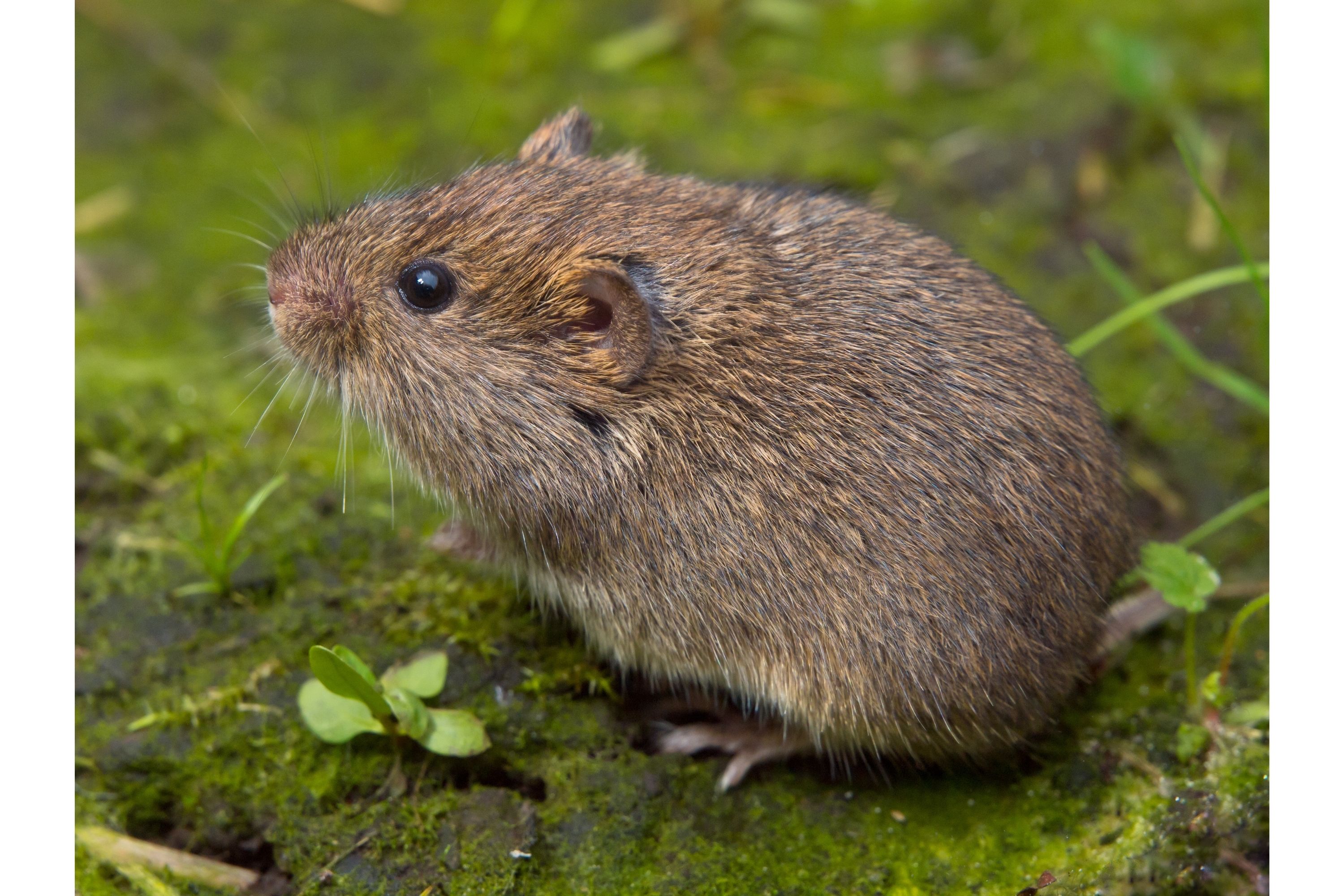Eastern meadow vole
(Microtus pennsylvanicus)

Description
The eastern meadow vole (Microtus pennsylvanicus), sometimes called the field mouse or meadow mouse, is a North American vole found in eastern Canada and the United States. Its range extends farther south along the Atlantic coast. The eastern meadow vole is active year-round, usually at night. It also digs burrows, where it stores food for the winter and females give birth to their young. Although these animals tend to live close together, they are aggressive towards one another. This is particularly evident in males during the breeding season. They can cause damage to fruit trees, garden plants, and commercial grain crops. The eastern meadow vole is found throughout eastern North America. It ranges from Labrador and New Brunswick south to South Carolina and extreme northeastern Georgia; west through Tennessee to Ohio. West of Ohio, it is replaced by the western meadow vole. Several subspecies are found on eastern islands, including the beach vole and the extinct Gull Island vole. Eastern meadow voles are active year-round and day or night, with no clear 24-hour rhythm in many areas. Most changes in activity are imposed by season, habitat, cover, temperature, and other factors. Eastern meadow voles have to eat frequently, and their active periods (every two to three hours) are associated with food digestion. In Canada, eastern meadow voles are active the first few hours after dawn and during the two- to four-hour period before sunset. Most of the inactive period is spent in the nest. Typical eastern meadow vole litters consist of four to six young, with extremes of one and 11 young. On average, 2.6 young are successfully weaned per litter. Litter size is not significantly correlated with latitude, elevation, or population density. Fall, winter, and spring litters tend to be smaller than summer litters. Litter size was positively correlated with body size, and is not significantly different in primaparous and multiparous females. Primaparous females had fewer young per litter than multiparous females. Litter size was constant in summer breeding periods at different population densities. Female eastern meadow voles reach reproductive maturity earlier than males; some ovulate and become pregnant as early as three weeks old. Males are usually six to eight weeks old before mature sperm are produced. One captive female produced 17 litters in one year for a total of 83 young.
Taxonomic tree:







